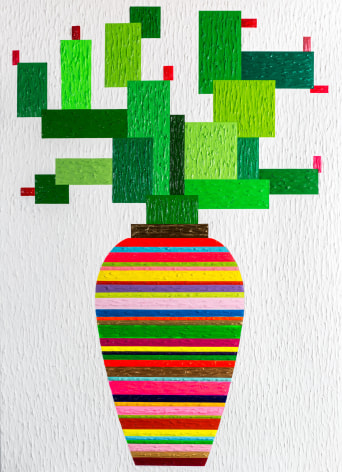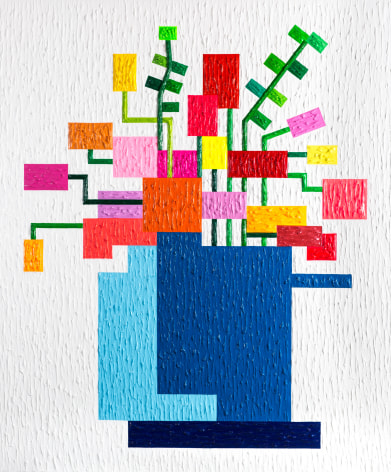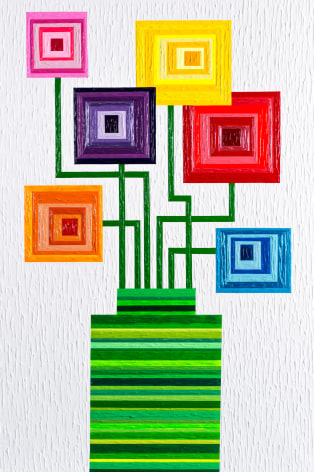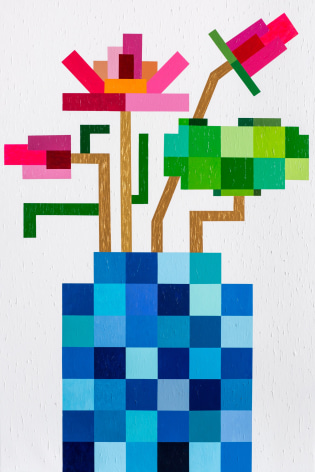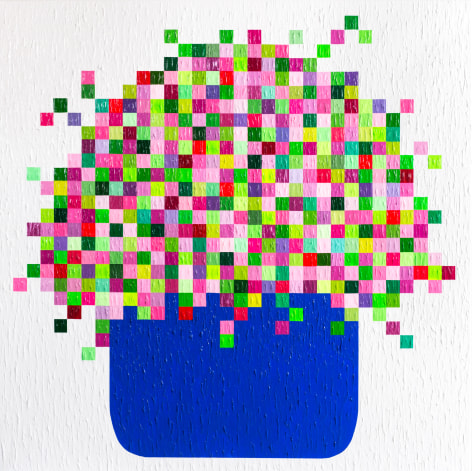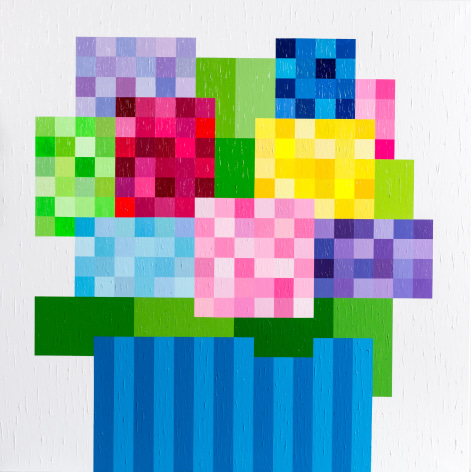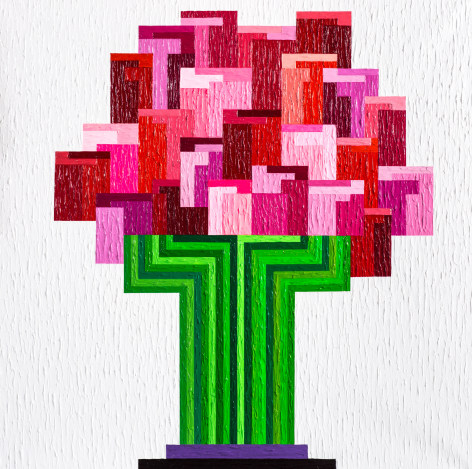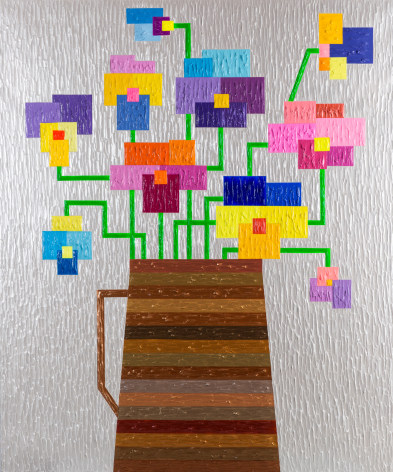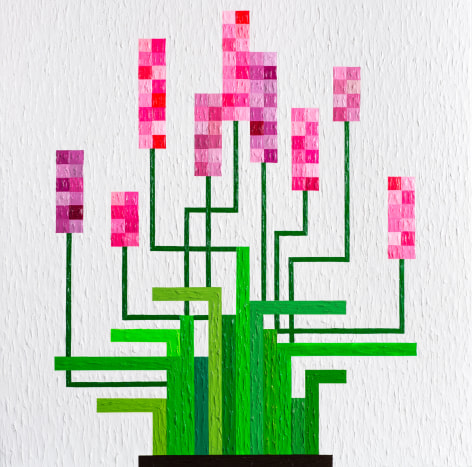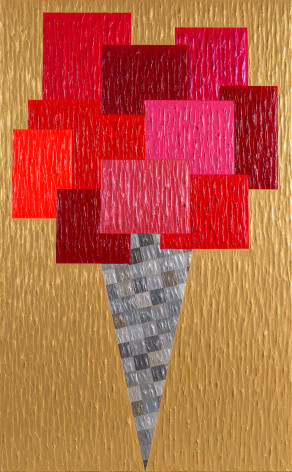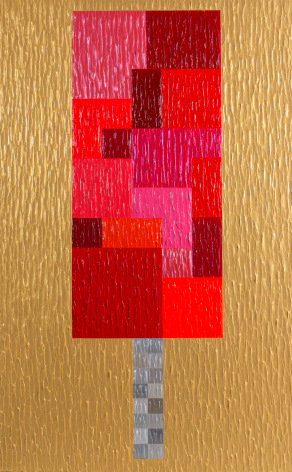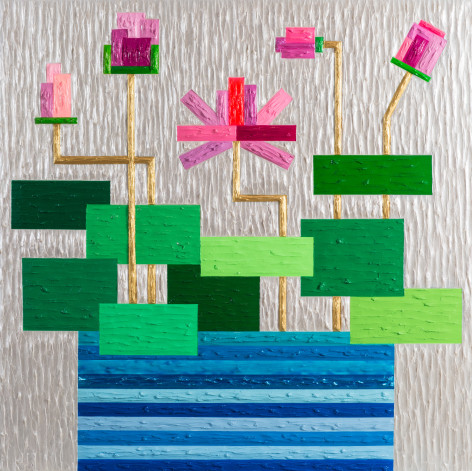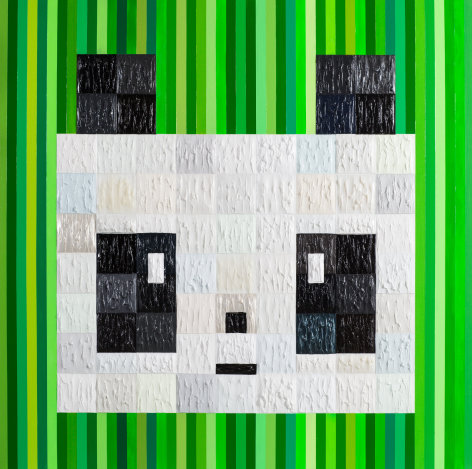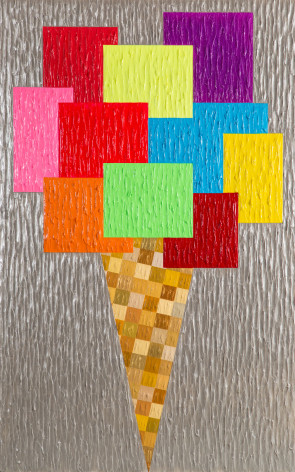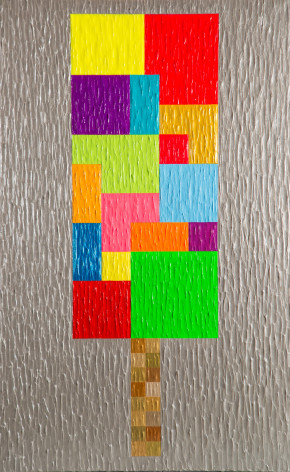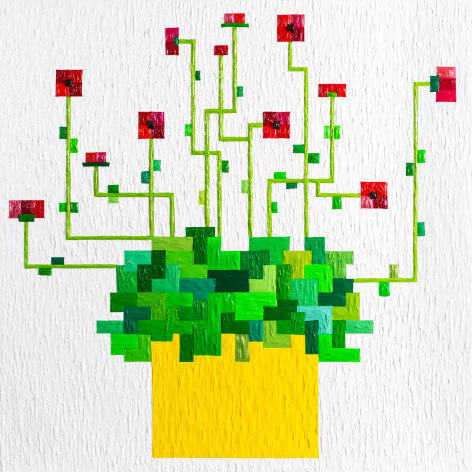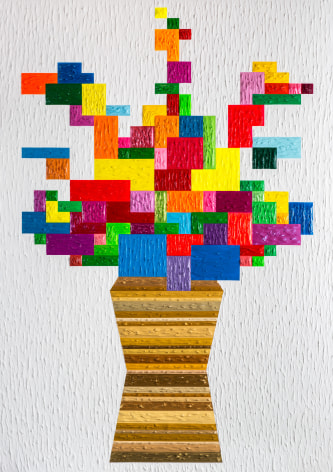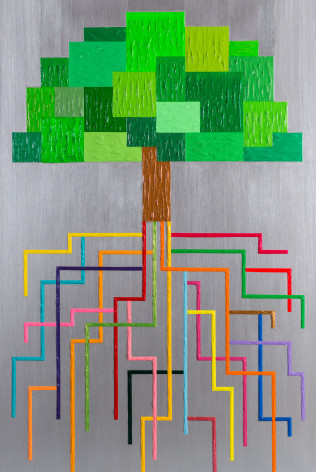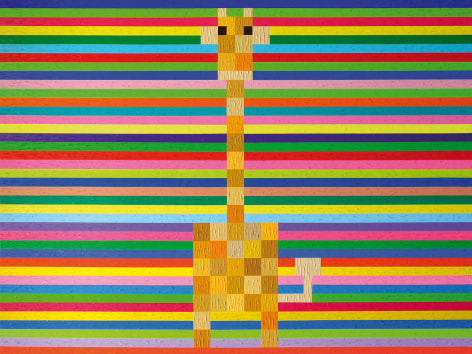Zhenya Xia Autobiography - In The Artist’s Own Words
Zhenya was born and raised in China where elementary school taught her the rigors of calligraphy, an art and vector of communication requiring a great command of one’s hand. During her formative years, she was influenced by her grandmother who taught embroidery and about the multiplicity of colors in the Chinese visual tradition. From embroidery to art in general, there was only one conscious step, which she took as she veered towards later in an artistic occupation. But the reality of far-eastern education caught up with her, guiding her to start studies in exact sciences, as a preparation for a rational world.
Thanks to very good college results, she was selected to pursue studies in France. Her desire to study fine arts was ever-more present there, yet she yielded to family pressure and started a master in finance in Paris. One thing leading to another, and her serious studies led her to work in finance in the Caribbean. The logical follow up was a move to Lausanne, Switzerland, for an MBA with the prestigious IMD School. Everything was set in stone for a perfectly paved life, leaving no room to her artistic dreams.
One day, a professor asked the class to make a painting to develop the subconscious. What a joy and satisfaction it was to smear on that small canvas, and suddenly, she realized that painting was the meaning and purpose of her life. Her decision was firm and immediate. She left school on-the-go to buy her first brushes, her first easel, and her first frames.
As she stood in front of that white and empty canvas, she repressed feelings of unreasonableness: she was embarking on an adventure without any knowledge, except for some superficial memories of art history classes; without any technical baggage in drawing and coloring, save her primary school smudges. She had to engage and question, launch a narcissist introversion. But free from any social, scholastic or idealistic constraints, she enjoyed the possibility to be free, to really create what she wanted, but to paint what and how? She realized, her dreams.
Zhenya grasped her internal conflict between Chinese and occidental cultures, as she had been living it for so long. Chinese culture reveals itself in memorizing the past, from films to opera. Chinese masters excel in their styles, codified, technical, perfectionist, with which she plays. Other Chinese artists struggle to free themselves from those shackles to express a hyper-personalized timelessness, as China boasts a personality so strong that it vanishes the artist’s. Occidental culture tolerates an artist exploring new ways, projecting himself into a hyper-personalized depiction which must subjugate the spectator, where success comes with the suggestion of an entire universe that was unforeseen until then. For Zhenya, herein lies the real creativity.
How to paint? How to express herself? That contagious expression and style stem from the technique. Before seizing her brushes, Zhenya accepted her self-taught condition, as a token of freedom. What was her purpose? To express a dream in colors…
Quite fast she understood to be either representational or abstract…but none of the two would suit her completely, as her figurative strokes were too naive and her abstract depictions were too confused. She found cubism to be too destructuring and negative, with a tendency to relegate color. And she wanted colors limited to confined spaces, their opposition by schematic expression, part-abstract, part-figurative, mutually enhancing one another. She eliminated all perspective, allowing generous and thick coats applied by textured strokes to render their own depth, capturing shades and light from any angle. This quasi-one-dimensional universe vibrates each color on its own, giving the subject-matter an affirmative presence as it departs from the canvas.
When exploring her dream(s), Zhenya is uncertain. She often finds herself in a place that anticipates everything - where all is limited by screens projecting one-dimensional images… very simple… but with a palette of intense colors interacting, responding, mixing, and recomposing. That exuberance fills her with joie de vivre. The first pleasure is a viewing pleasure and as Renoir would say, “a painting is something you look at.”
Pleasure is also the possibility to express what she feels through her dreams or even maybe through her libido. Subjects which interest her are more abstract than real. Abstraction allows her to dream. The subject embraces her personality and what she wants to show. For that, she fancies painting flowers as she seems them as the flowers of the future, reflecting a certain purity, a certain happiness.
What have become of the flowers of the time passing?
What have become of the flowers of past time?
The girls have cut them, they have made bunches with them.
Will we learn one day,
Will we ever learn?
What are the flowers of the future?
Immaterial and the girls will make bunches with them.
By Zhenya Xia

